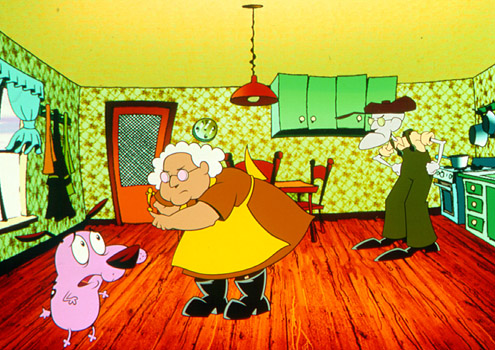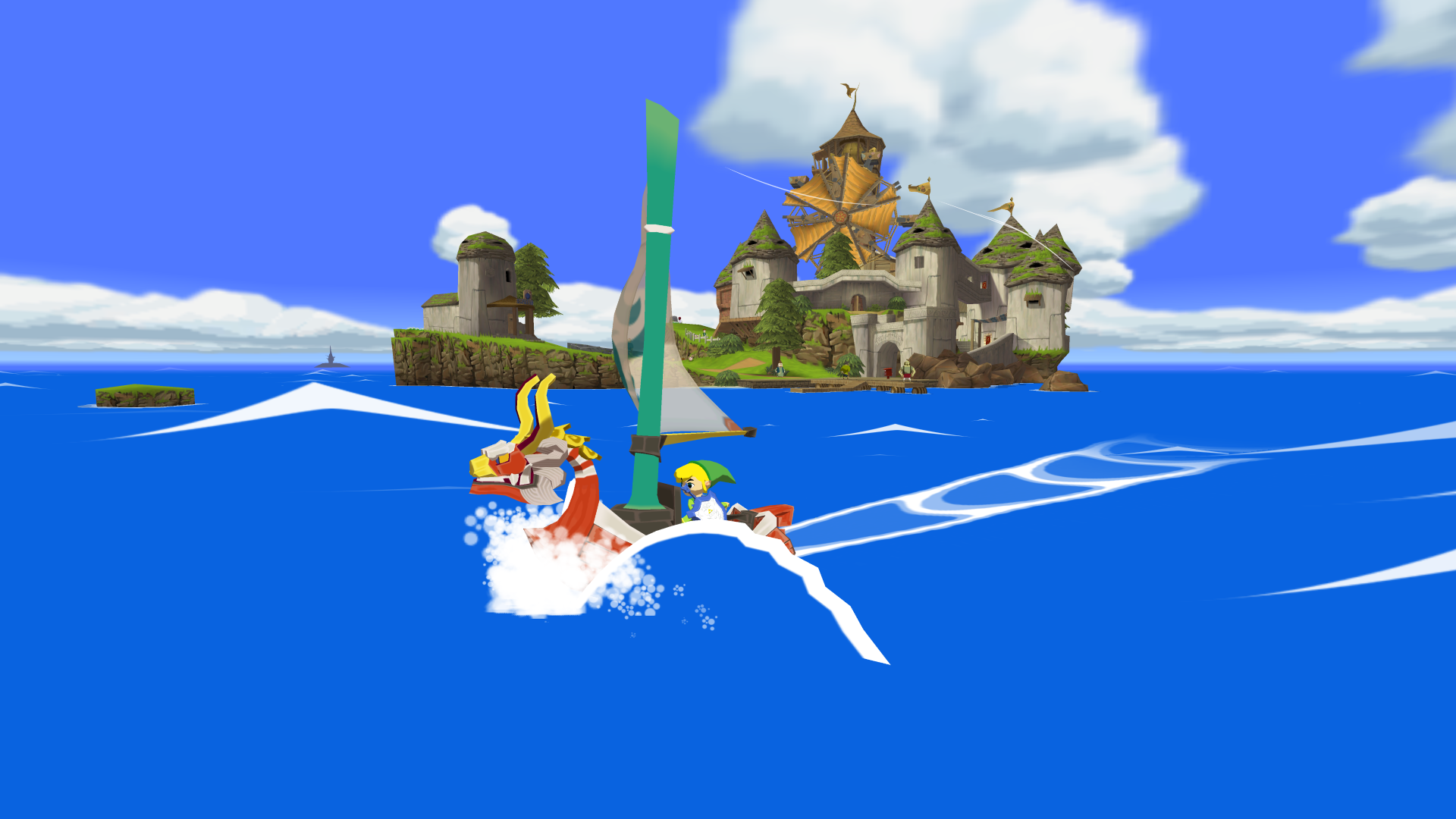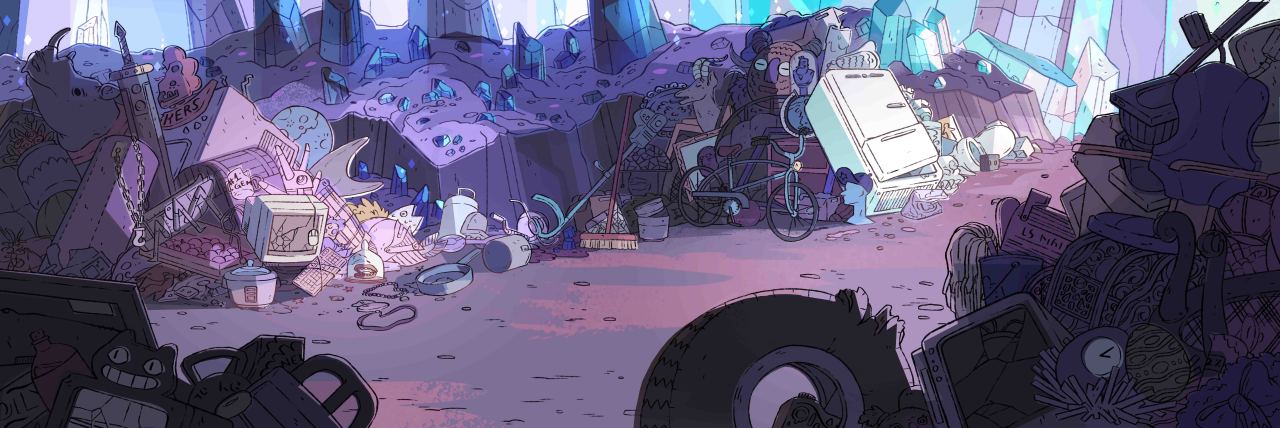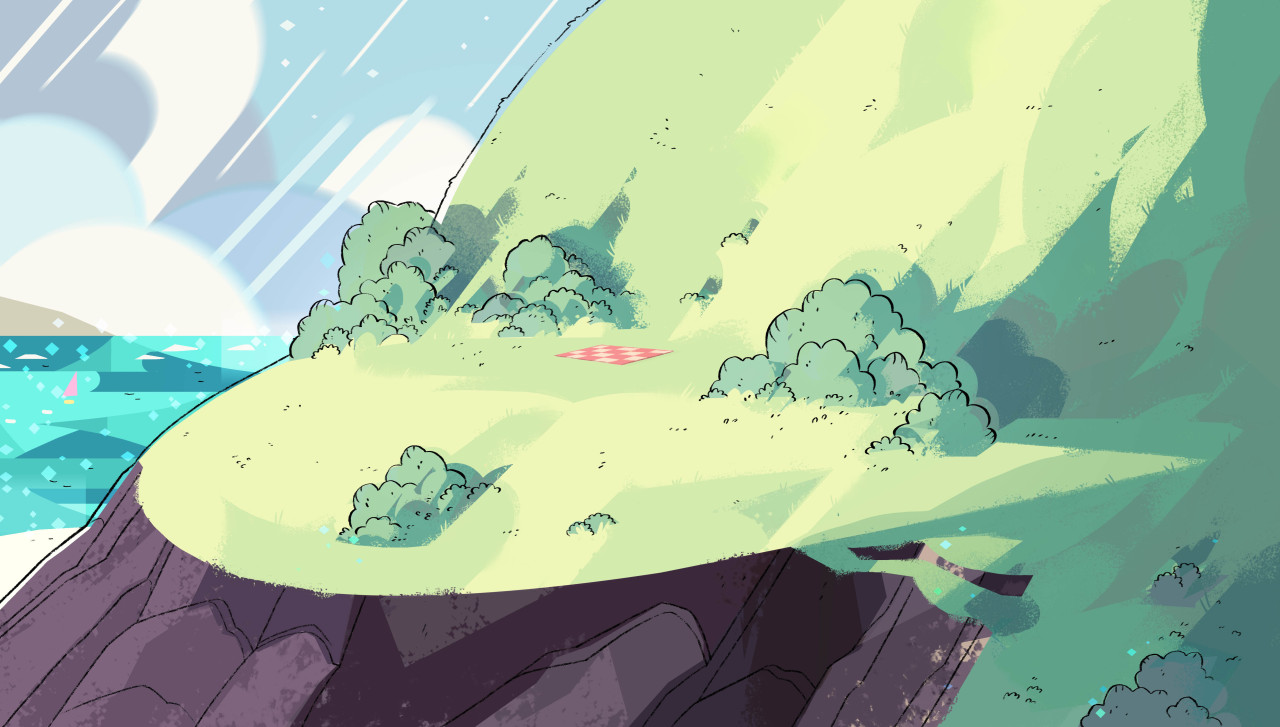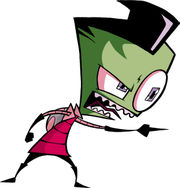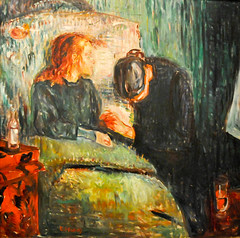I couldn't get a handle of the perspective tool, so instead I converted the grid into a 3D object and worked over it:
At this point, I was having trouble getting the perspective right, I wanted to design just the area around the bed, since that's the only area that will be focused on in the title sequence. Of course if this was a professional cartoon then I wouldn't be cutting that many corners, but I felt that it was necessary for this proof of concept.
I then got more in touch with the"perspective warp" tool, which turned out to be infinitely more useful than both the perspective tool and the 3D tool, in terms of balancing the perspective, because I could adjust the grid manually on each layer. I got it at the right angle and then used a rectangle tool to indicate the camera.
Then I moved over to Painttool Sai, which I usually used to draw characters but this time it was to paint the background.
I then painted the walls and floors roughly, treating it as if it was a new house that hasn't been decorated yet.
I started with the bed, treating the end part of the bed as a foreground object, because the character would appear behind it. I drew the outline first, with a more loose style, and painted the colours and textures in a layer below the outline, I also added textures, shades, and colours with the water brush tool, so that colours blend smoothly together, and the ink pen tool, to give the object a wooden texture that's rough and vibrant.
The bedding was painted with less texture, because it's cloth and would have a smoother look.
This is how the bed looks, after ironing out a few of the poor texture decisions I made. This looks pretty much how I expected it to look.
Using the same principles, I finished the rest of the room. I ended up going against the guidelines I set, the room actually stretches too far to the right, but other than that it looks decent. I also made versions where the lighting's different.
I also wanted to show what it would look like with a character within the environment.
So the character stands out very well I think, and doesn't appear too flat either, considering my style doesn't quite allow for much shading. Here some versions of the first image with two different lighting modes
I made the lighting effects on Painttool Sai again, and smeared the water brush tool across the screen. This gives a very smooth lighting effect that's appropriate for the tone. I also used different types of layers for the lighting effects, luminosity for heavy lighting, and multiply for low key lighting. I might tone down the heavy lighting effect a bit. I also figured since lighting is the emphasis, I should add shading to the character.
So this technique works rather well now. I'm used to the guidelines so I should be able to do it fine.

















